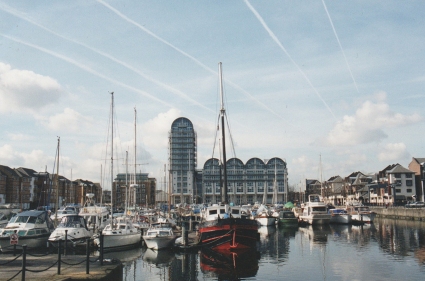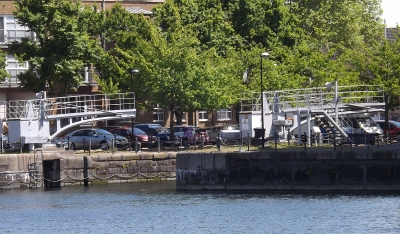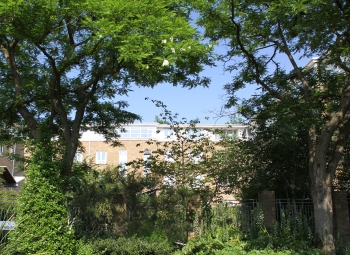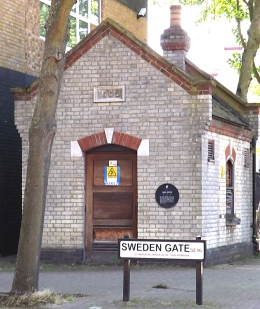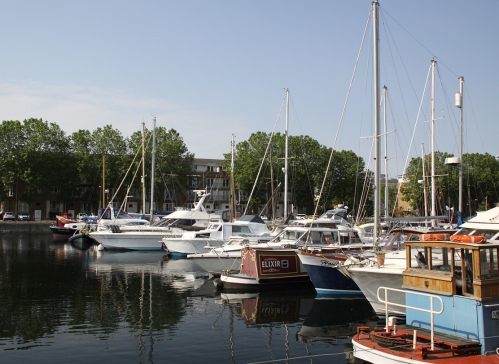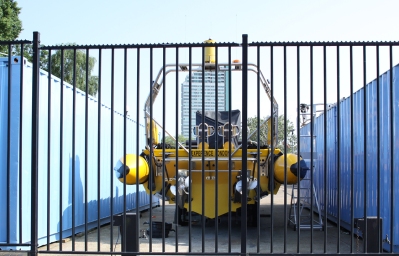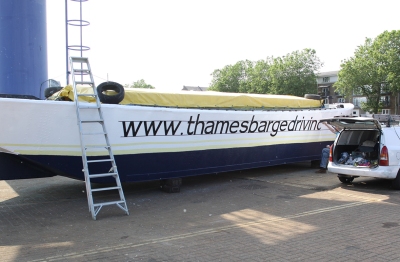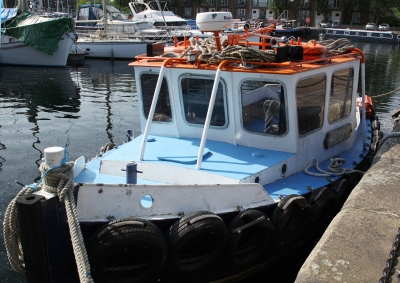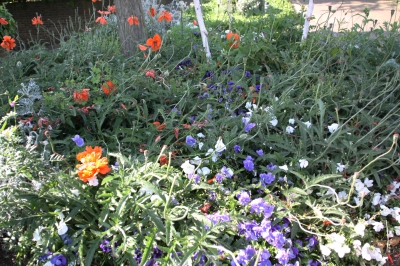♦♦♦♦♦♦♦♦♦♦♦♦♦♦♦♦♦♦♦♦♦♦♦♦♦♦♦♦♦♦♦♦♦♦♦♦♦♦♦
Today South Dock is London’s largest private marina, providing both temporary and residential moorings on around 200 berths. It is operated by Southwark Council. If you are keen on boats, old and new, big and small, this is a great place to take a stroll. It is home to everything from narrow-boats, converted Humber keels and Dutch barges to wind-powered vessels of all sizes, alongside all sorts of strange and bewildering works-in progress. Some of these boats are stunning, some are frankly unsympathetic conversions, but all are fascinating. Some have been moored there longer than the 20-odd years that I have lived here and feel like old friends. The Steelyard Cut still connects South and Greenland Docks, and the marina extends into the top end of Greenland Dock. A modern lift bridge enables Rope Street to pass over the cut whilst allowing vessels to pass between the two docks. Entrance to the marina is still via South Dock, the Greenland Dock having been blocked off after the closure of the docks in 1969. The new hydraulic lock gates were added in the mid 1980s.
A number of South Dock’s features are Grade 2 listed. These include the lock, the hydraulic capstans and the mooring posts, as well as the James Walker bridge that used to cross the lock entrance and now crosses the cut between Greenland Dock and Norway Dock (the development now known as The Lakes). Some of South Dock’s dockside features are unique to this particular dock, reflecting the independent origins of this dock, which was not incorporated into the main network until 1850. The stretch of the Thames that includes South Dock is a Southwark Council designated Archaeology Zone, reflecting the importance of the Thames-side history to London as a whole. This also means that before any construction work can take place, a full survey needs to be carried out and any industrial archaeology that emerges will need to be excavated.
Ironmaster Henry Grissell’s 1862 Grade 2 listed footbridge now crosses Steelyard Cut, although it was originally positioned at the entrance to Surrey Basin (now Surrey Water) on the other side of Rotherhithe in the 1960s. It is now swung permanently into the open position, but it is easy to see how it worked and what it must have looked like when it crossed the lock. It’s listing status was allocated due to the distinctive stayed-cantilever design, which is apparently unusual in metal bridges, its arched span made of wrought-iron and stayed by iron rods to cast-iron counterweight. The hand operating gear remains, although an oil hydraulic mechanism was added in 1980s, when it as still functional.
New developments have been built to the south of South Dock. Taverners Quay has been sympathetic to the surrounding area, with a somewhat nautical appearance, its height restricted and entirely in keeping with the neighbourhood within which it sits, neither too tall nor too outlandish, but with plenty of attractive modern features. It encompasses the tiny old toll office on the corner of Rope Street, a thankful salvation of a piece of heritage that, in spite of complaints to Southwark Council, was the object of ongoing neglect.
Between them, South Dock and Greenland Dock offer a peaceful atmosphere with a wide variety of modern low-rise architectural styles flanking their former quays. At the same time, there are many features of the docks that survive and they provide a glimpse of a very different dockland past. Once associated with busy and often chaotic commercial activities, the docks now form the heart of a residential area that is characterized by their much-appreciated tranquillity. It is a particularly special feature of the area that the traces of its vibrant history, even following the devastation of the Luftwaffe attacks and the sincerely sympathetic but substantial regeneration work during the 90s, can still be observed by those who have an interest and take the time to look.
Thanks to the London Docklands Development Corporation in the 1990s, South Dock residents are very lucky to live in a low-rise area surrounded by greenery, with a woodland and ecological park a short walk away. None of this is taken for granted, and residents both respect and enjoy the area in which they live.

